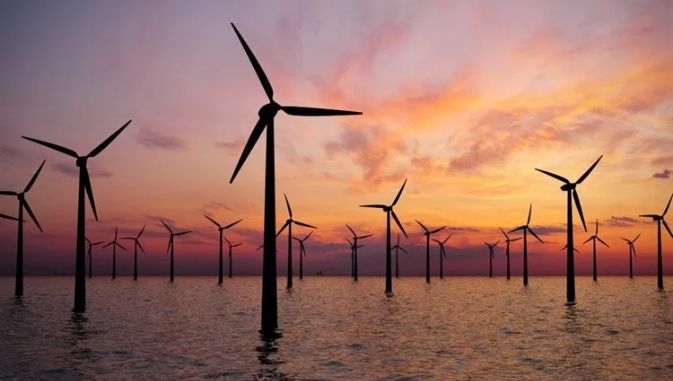As we’ve been coming to terms with the unsustainable effects of fossil fuels and carbon emissions, renewables have entered the playing field as a viable new power generation. According to the 2023 International Energy Agency (IEA) report, around 800 million people lack electrical power. Also, 3 billion people cook with open fires and simple stoves fueled by wood or coal. As a result, over 4 million people die because of air pollution.
Thus, renewable sources are of the utmost importance. However, the irregular nature of renewable energy, makes the power supply increasingly unpredictable. Electricity prices are unstable because of a mismatch between supply and the changing energy consumption. Thus, both energy providers and customers need better short-term production, demand, and forecasting.
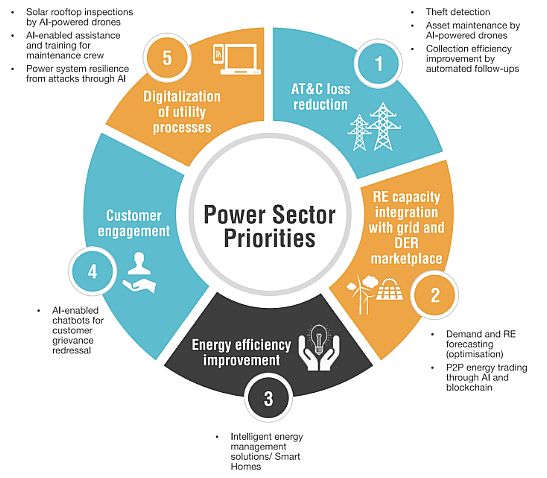
Computer vision methods have great potential for gathering useful data from digital images and videos. Thus, they allow us to estimate the locations of significant solar (wind) activity—where the renewable clean energy plants will be built. CV methods benefit better energy management, the ability to forecast variables influencing renewable energy, and the optimization of sustainability.
How is computer vision used in renewables?
As the percentage of renewable electricity generation on the grid rises, accurate forecasting of renewable energy generation has become increasingly important. Convolutional deep learning models have been successfully used to forecast weather maps, according to recent studies.
Researchers made initial steps towards forecasting the output of renewable energy and also, any important variable in energy production. Furthermore, they suggest estimating the generation of renewable energy using weather maps and cutting-edge computer vision techniques.
Deep learning models provide near-90% accuracy for both solar and wind location prediction, outperforming other conventional ML techniques. They also demonstrate the benefit of utilizing multiple input frames from a longer timespan in the estimating process.
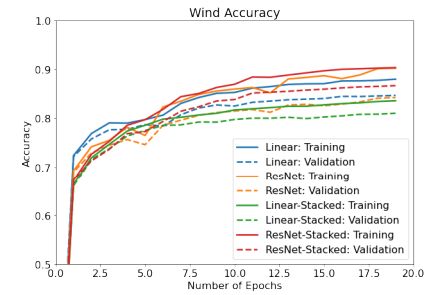
Saliency maps are useful for the verification of specific places that affect the model’s forecast. They can confirm that the model independently determines the potential sites for renewable energy production. An examination of the output CNN layers facilitates the CV model’s prediction abilities for various energy kinds.
Solar tracking system based on computer vision
Estimating the availability and intensity of sunlight is crucial in solar units since they transform solar radiation into electricity. The primary attribute of solar radiation is the Sun’s ever-changing relative position in the sky, which creates daily and annual cycles because the Earth rotates on its axis and translation around the Sun.
Due to this feature, the renewables do not receive all radiation in the best possible way for a fixed position. To enhance the amount of solar radiation received, solar energy collectors need a sun tracking system (STS) to change their alignment with the Sun.
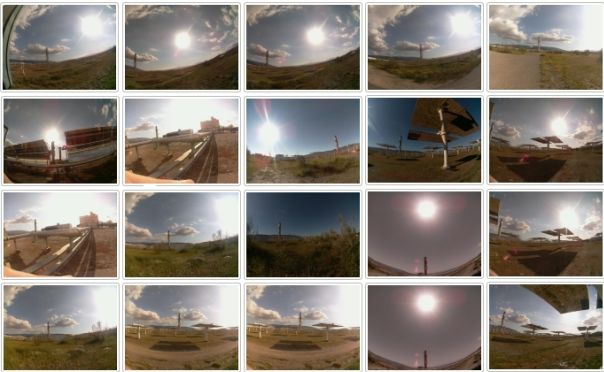
In addition, the STS also controls the main tasks that ensure proper day-to-day functioning. The most important of these are: calculating the tracking setpoint, managing communication, diagnosing defects or faults, controlling driving mechanisms, and making decisions in emergency scenarios.
Carballo et al. (2018) applied STSs to determine the optimal path the solar collector follows the Sun. To track the Sun correctly, STSs must know the relative Sun position in the sky, as well as the receiver position and collector aiming point. The most often used active control sun trackers are computer-controlled based on date and time. They obtained the solar position using solar equations that require time, date, and location as inputs.
Computer vision model for solar prediction
The researchers based their solution on computer vision, specifically deep Convolutional neural networks (CNNs) for object localization and identification. That provides numerous benefits, although other computer vision-based techniques might be utilized as well.
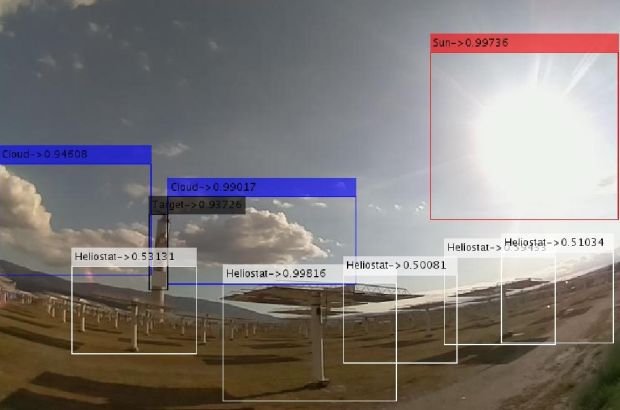
They employed Alexnet, a 25-layer convolutional neural network trained on a subset of the ImageNet database for the ImageNet ILSVR Challenge. In their work, they trained Alexnet using a huge training image collection from the CESA central tower system in Almeria. In addition, the photos have been analyzed and labeled based on the new 4 object types (Sun, cloud, heliostat, and target).
The figure above displays one of the images examined by the newly trained neural net, with the findings overlaid. The red, blue, white, and black boxes in this figure represent regions that have been identified using the new classifications (Sun, cloud, heliostat, and target). Each box has a title that includes the class name and a score ranging from 0 to 1, with higher scores indicating greater confidence in the detection.
This new STS approach is valid and fully operational, albeit there is room for future development. The new method works regardless of the size, location, time, or solar technology of the system. Errors, such as pedestal tilt, wind loads, or apparent Sun position do not affect it.
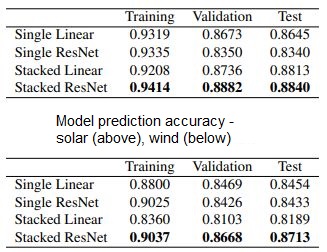
Moreover, the suggested method offers benefits including the capacity to identify clouds, blocks, and shadows as well as air attenuation and focused solar radiation.
Renewables energy estimation and prediction
Bosma et al. (2022) proposed a system that makes use of computer vision deep learning techniques to accurately predict weather (sun/wind activity). They intended to improve estimates of renewable energy amounts, such as renewable energy generation. They specifically split the issue of forecasting renewable energy into two different problems, (i) weather forecasting and (ii) power estimation, each with its unique model.
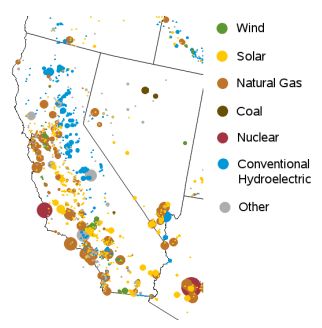
They also researched models that use 5 stacked sequential weather maps as input, resulting in an input image with 30 channels. Lastly, the model in recurrent neural network techniques (e.g. LSTM), receives information from past weather maps before it produces predictions of the sun/wind turbine location.
Weather dataset for solar and wind farms
The California ISO website reports renewable production data every five minutes and categorizes it by source. They use an hourly average of the energy production output to align it with the temporal scale of the associated weather photos.
Because renewables (solar and wind) are changeable and very weather-sensitive, researchers only concentrate on them. Other types of renewable energy sources, like hydro or geothermal, are mostly determined by capacity and demand and are therefore largely controlled.
Researchers gathered the weather data from a National Weather Service (NWS) with a real-time mesoscale analysis. The data features a geographical resolution of 2.5 km × 2.5 km and a time resolution of 1 hour. They cropped the data in a bounding box around California for the entire year 2019 using the Google Earth Engine.
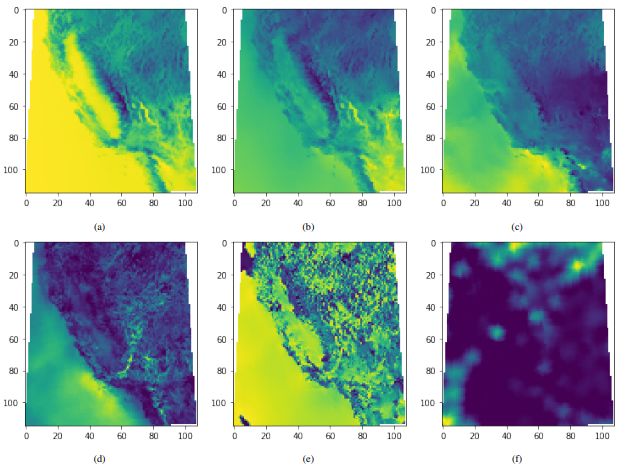
To guarantee that the pixels are exported as a clear rectangle, they set the coordinate reference system to California Albers during the extraction process. They lose a few pixels in the corners during the pre-processing because of the curvature of the earth.
Deep learning model for estimation of renewables energy
The researchers created a convolutional model based on ResNet and a reference linear model. In addition, they considered DenseNets and LSTM-CNN models because of their subpar performance at the time.
An input image for each time step t is a weather map with six bands or channels. The model estimates the production of solar and wind electricity by analyzing input photos. In the initial CNN or NN models – one input at time t results in one solar and one wind power production value for time t.

To optimize and update the model weights – researchers applied the ADAM method and backpropagation. Every model undergoes 4 stages of training, totaling 20 epochs. Their epoch consisted of a traversal of all 7008 samples (complete training data set).
They utilized many of the same design decisions for both models to compare them equally. Also, they used custom accuracy measures and conventional loss values to assess their performance. For the implementation, they utilized the Pytorch library, which is publicly accessible.
The tables below display the overall accuracy of solar/wind energy estimation. In wind and solar power estimation, the ResNet model, fed 5 stacked sequential weather maps as input, performs better than all other models combined. The remaining ranks are swapped between the other three models based on the data subset and energy source.
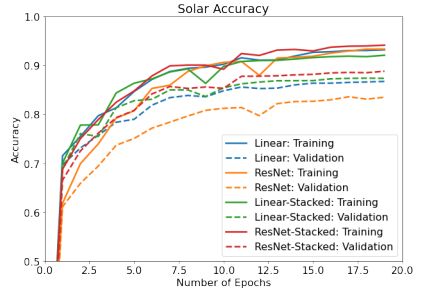
Other CV applications in renewables energy systems
Fault detection and maintenance
Computer vision can be used to remotely monitor renewable infrastructure such as solar panels and wind turbines and promptly detect any damage to external structures. There may be tens of thousands of solar panels in a region and the first step is to select the area for monitoring. CV methods can also detect if a particular area has changed over time and detect anomalies.
Drones can perform inspection of critical field units and CV algorithms can uncover structural defects, system malfunction, or possible hazard situations. By getting instant information, companies can check the current status and predict the possibility of a breakdown.
This allows companies to guide their maintenance efforts and dispatch teams to the areas requiring prompt action. In addition to routine inspections, CV solutions can estimate the degree and asperity of damages to determine whether the wind turbine could restart.

Safety and surveillance of renewables
Security is crucial in all energy production systems, particularly as computer vision systems become more powerful and provide a wider range of surveillance features.
Aerial imagery by drones can provide a quick overview of thousands of square kilometers. CV methods can assist you in performing geospatial surveillance of solar panels (turbines) across a selected area. The software can recognize human or animal intrusions, and upon that, it can trigger an alert.
A human operator observes at the control center. A bounding box represents an individual recognized by video analysis. However, the control center only receives information indicating the number of detected persons and their placements.
Conclusion
To predict the generation of renewable energy and overcome the large-scale variability of the energy market, the researchers have made progress toward a revolutionary strategy. They suggest estimating the generation of renewable energy using weather maps and cutting-edge computer vision techniques.
Computer vision models can facilitate the prediction of solar/windy conditions and help determine the location of new renewable energy units.
